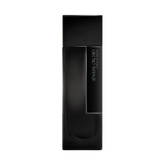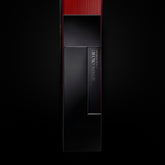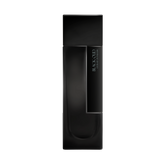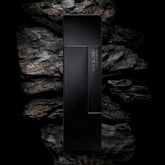The different steps to creating a new perfume
Creating a new perfume is a task that requires both meticulousness and dedication. Numerous steps are required, from project study to final completion.

The creative work
The creation of a new perfume involves many specialists. Their mission is to study the design brief they were given. Ideas are exchanged as to what is the best way to fulfil the goals set out in the brief. Laurent Mazzone, for instance, collaborates with specialists from New-York. His perfume nose is to be found there as well as the production of his bases.
To fulfil its duty, the specialist team considers different parameters such as market trends, client needs and team member perceptions. The team also closely monitors new products from competitors and the marketing strategies used to ensure their success.
It is important to note, however, that they do not always restrict themselves to the technical side of the work. Original perfume creation is mainly an instinctive process, particularly at the beginning of the work. It only becomes more of a precision work further along the way. It does not necessarily require taking into consideration fashion trends. Artistic inspiration and thoughts on the human dimension can help. The goal is to create a bespoke perfume that stands out from the competition. To succeed in the task, it is generally necessary to have a wide-encompassing gaze at the World while being guided by current times. According to Laurent Mazzone, “Love of perfume knows no borders”.
In both instances, perfumers carry out their task meticulously to achieve satisfactory results. They confer with each other, trial, modify and evaluate. On this last point, they collaborate with an evaluation specialist.
Research and formulation of base materials
Perfumes have a particular tiered structure that encompasses 3 scent notes: a top or head note, a middle or heart note and a base note. The first note conveys the perceived scent right after application. It is generally a fresh scent and evaporates, at most, after 2 hours. The second note is known as the body of the perfume as it divulges its personality. It is discernible from 15 minutes to 4 hours after application. The third one is perceptible 3 to 4 hours after spraying. It is an inherent characteristic of perfumes that, for example, cologne, does not possess. This last one is mainly formulated with head notes.
The choice of ingredients conditions each note and is, therefore, researched meticulously. Generally speaking, perfumers use essential oils, absolutes and synthetic components to formulate their perfumes. They are skilfully balanced in order to obtain the desired notes. Plant ingredients are extracted from flowers, herbs, fruits, root spices, woods or mosses through either distillation (as is the case for essential oils) or extraction with a particular solvent (for absolutes).
Researching and processing raw materials is a long-winded process that requires patience. Numerous professionals in the field travel throughout the world to find the ones that fit them best. As far as LM perfumes and other products are concerned, the noblest ingredients come from Grasse. Concentrates are also to be found there. A place which harbours the reputation of being the perfumery capital of the world. In this city, producers grow roses, white flowers, mimosas, violets, jasmines and, above all, lavender.
Perfume evaluation
Continuous evaluation of the perfume during its creation allows for fine-tuning to precisely answer perfumer requirements and consumer demand. Trials are set-up to evaluate the perfume’s readiness. This is a preliminary step to validation. Intervention from an evaluator is generally essential to carry out this task.
His or her mission is to find the link that unites both the perfumer and the brand. The evaluator studies the perfumer’s requirements, what he or she already has on offer, target clients and the perfume’s history. Concerning LM Parfums, the evaluator adopts this strategy to produce eau de toilette. He objectively assesses the product and establishes the facts on and around it. He then lists its weaknesses and the measures to be taken to bonify it. He transmits them to the perfumer who implements the recommended changes. Numerous other evaluations take place before formulating the final product. It is noteworthy that the evaluator masters market realities and trends. He also knows the obstacles that prevent clients from buying a new perfume such as cost, scent, or ingredients.
As far as LM Parfums’ eaux de parfum are concerned, when the evaluation is over, it is then validated and sent to the Robertet factory for production. The factory location is Grasse, a city that concentrates a great deal of world-renowned perfumers.






